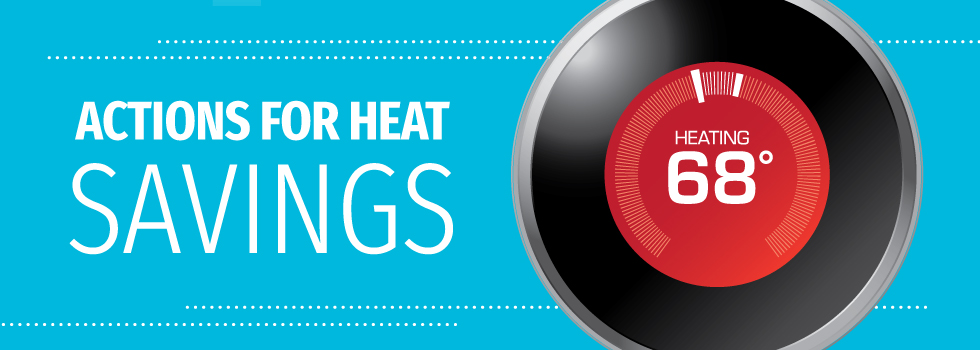Manage auxiliary mode to heat for less

Heating systems throughout northern Georgia will be getting a workout over the next few months. But that doesn’t mean your electric bill has to soar, says Rigs Santos, a Walton EMC residential energy advisor.
“Savings can be found in how often the heat strips in your electric heat pump are activated,” he said. Heat strips provide supplemental heat. They require more energy to function than the normal operations of your system.
Though it’s necessary for a heat pump to use heat strips to perform some tasks, here are actions you can take to reduce how frequently they automatically switch on:
• Keep the thermostat set at 68 degrees. Keeping your house at a lower, regulated temperature will reduce the amount of heat your heat pump has to create, which reduces its need to rely on heat strips.
• Raise the temperature gradually. If you lower your home’s temperature while you’re away, bring the heat up in two-degree increments. More than two degrees at a time may make the system fall back on the heat strips for support.
• Don’t use the emergency setting. Even if temperatures plunge, don’t change the thermostat from the HEAT setting. In the emergency mode, only the electric heat strips are operational. Relying on heat strips for any extended amount of time can drive up your electric bill. Use the emergency setting only when there’s an actual emergency, such as when the heat pump compressor fails.
Featured Articles:
-
Natural Gas Affecting Electricity Prices
Your cooperative is feeling the pinch from record-high natural gas prices. Natural gas prices are currently at a 14-year high, up 525 percent since June 2020. Besides other factors, inflation is also impacting natural gas prices. WHERE YOUR POWER COMES FROM Most electricity – more than 60 percent in Georgia and 38 percent nationwide – […]
-
Wired for success
Students put their knowledge of wiring and electricity to use during a recent competition where a lucrative career can be the ultimate prize. High school students from Monroe Area, Morgan County, Social Circle and Oconee County participated in the Agricultural Electrification Career Development Event that promotes the safe, efficient use of electricity and offers scholarships. […]
-
Use small appliances for the Thanksgiving win
Between pots boiling on the burners and turkey roasting in the oven, preparing Thanksgiving dinner can gobble up a lot of electricity. But there may be an energy-saving solution already sitting in your pantry. Pull out those small kitchen appliances for a meal prep strategy that saves electricity and eases cooking chores. PRESSURE COOKER – […]
-
Agriculture tax exemption
The Georgia Agriculture Tax Exemption (GATE) card is issued to farmers and producers who are exempt from state sales tax on the inputs used in the production of their commodity. To find out what has changed or apply for a GATE card, visit forms.agr.georgia.gov/GATE/. To continue receiving this sales tax exemption from Walton EMC, producers […]
-
Plugged In: What payment options does Walton EMC offer?
A: It’s your bill. Pay it your way. With several convenient options, Walton EMC gives you the power to choose. myWaltonEMC App Online bill payment is a breeze! Actively manage your account with monthly logins and manual payment, or set it and forget it with stored payment methods and recurring automatic payments by bank draft […]

